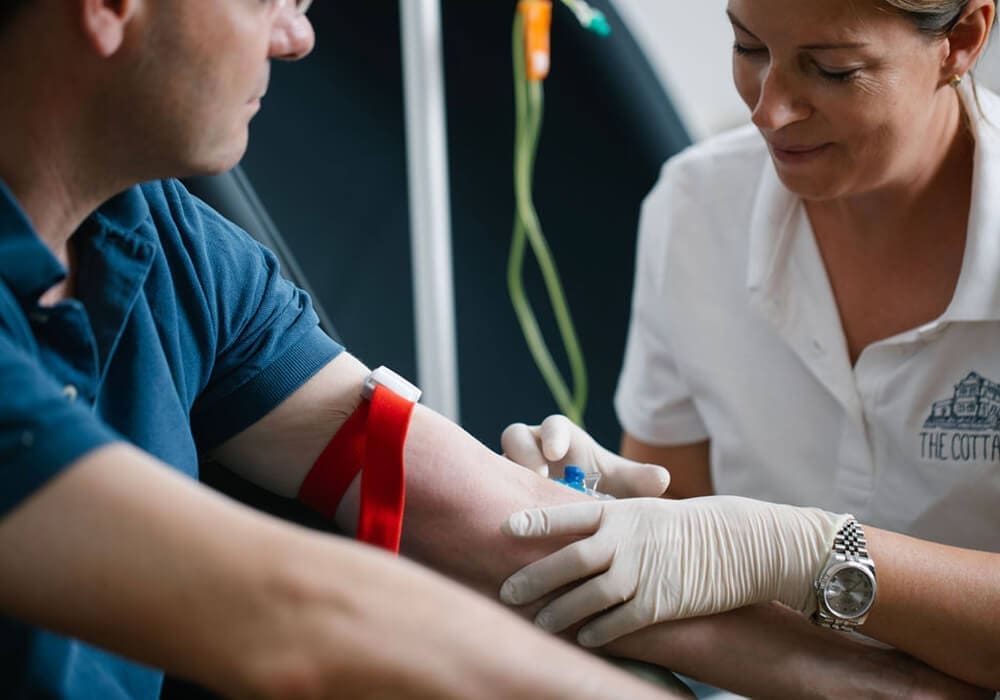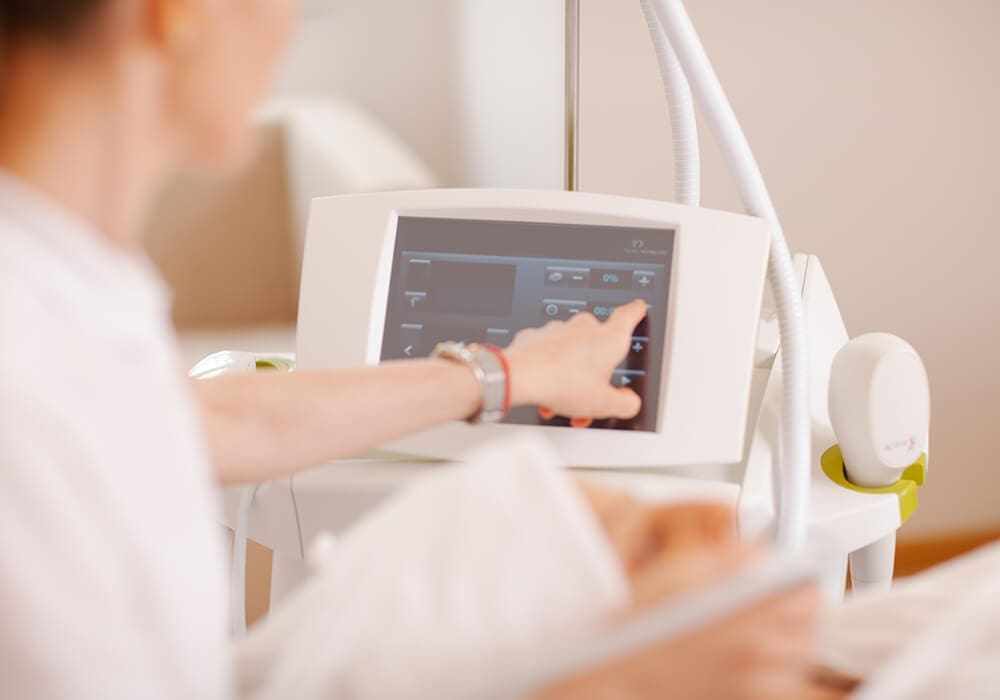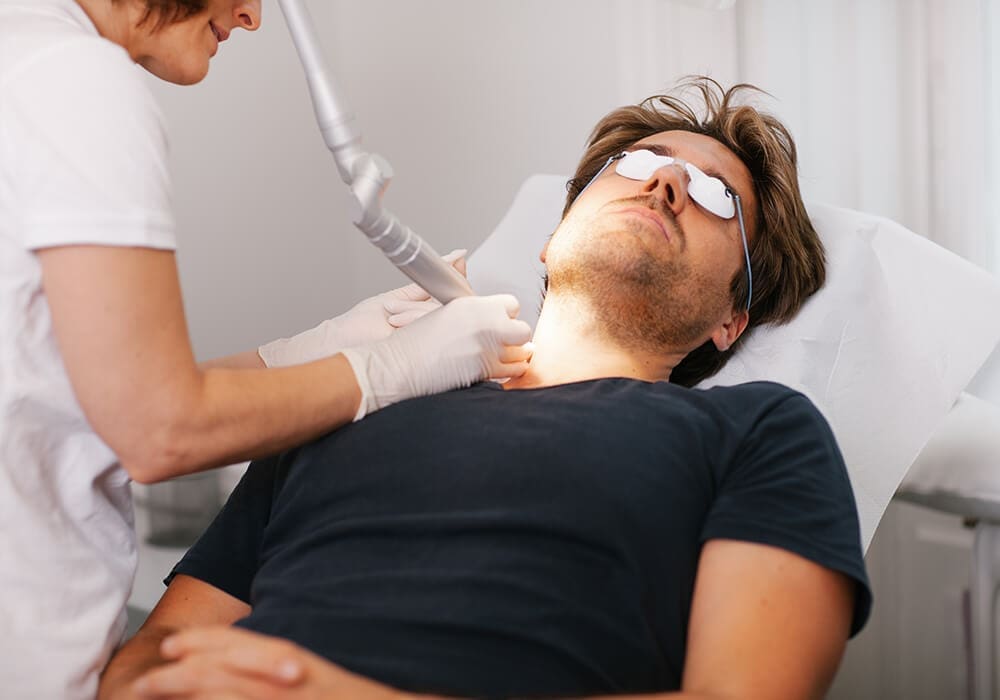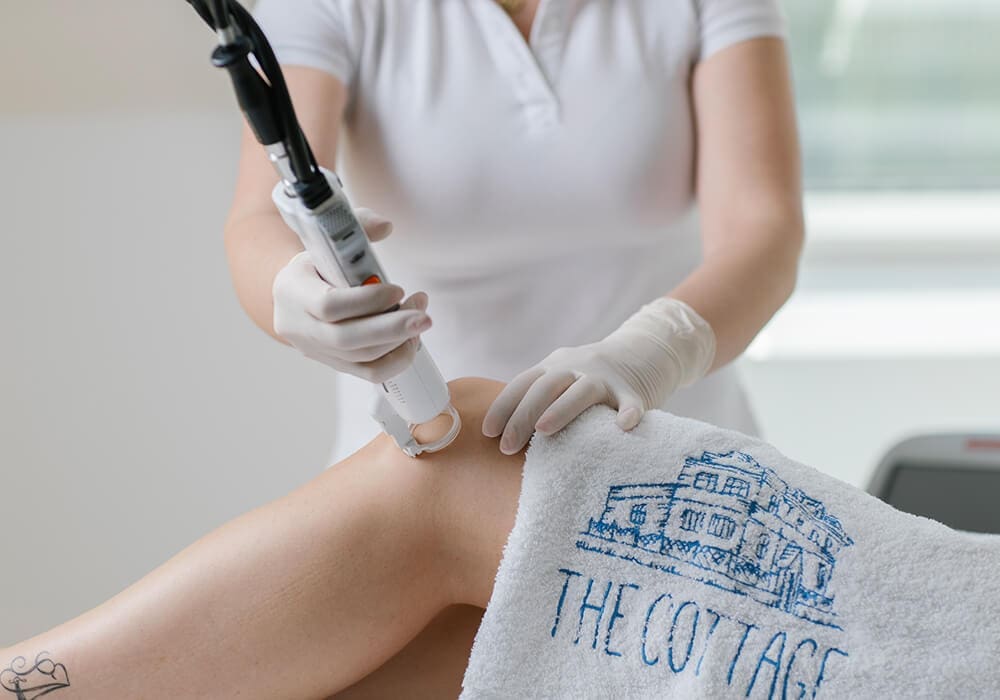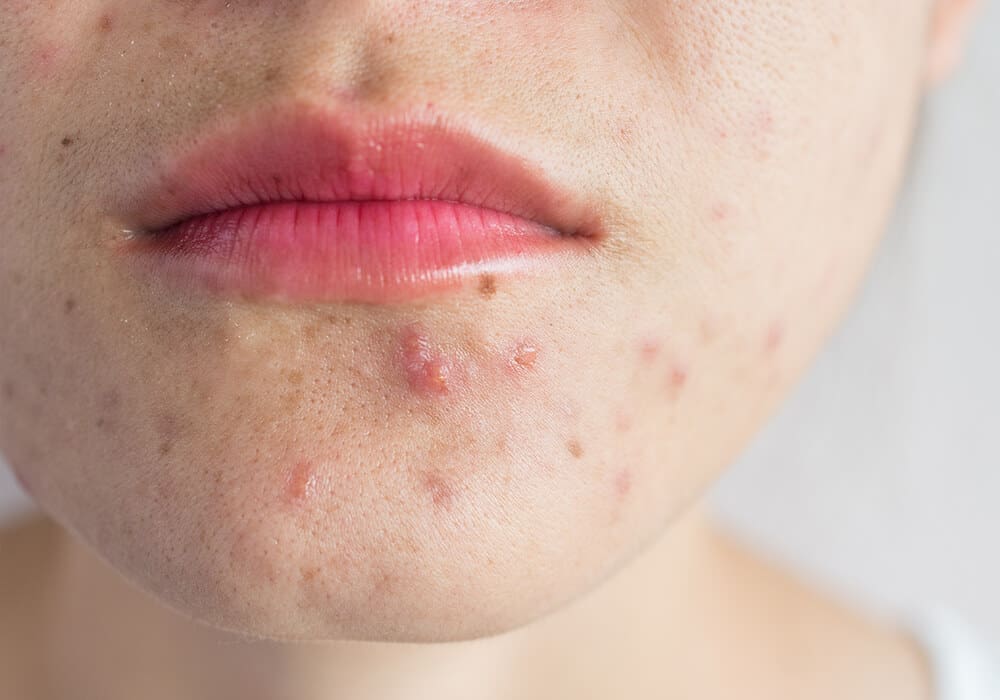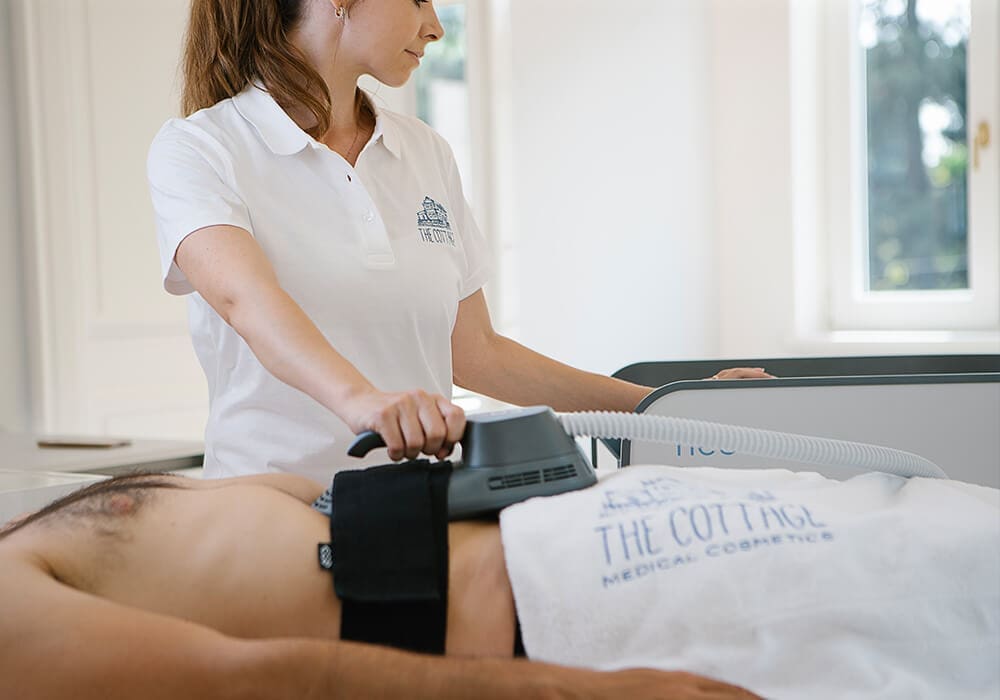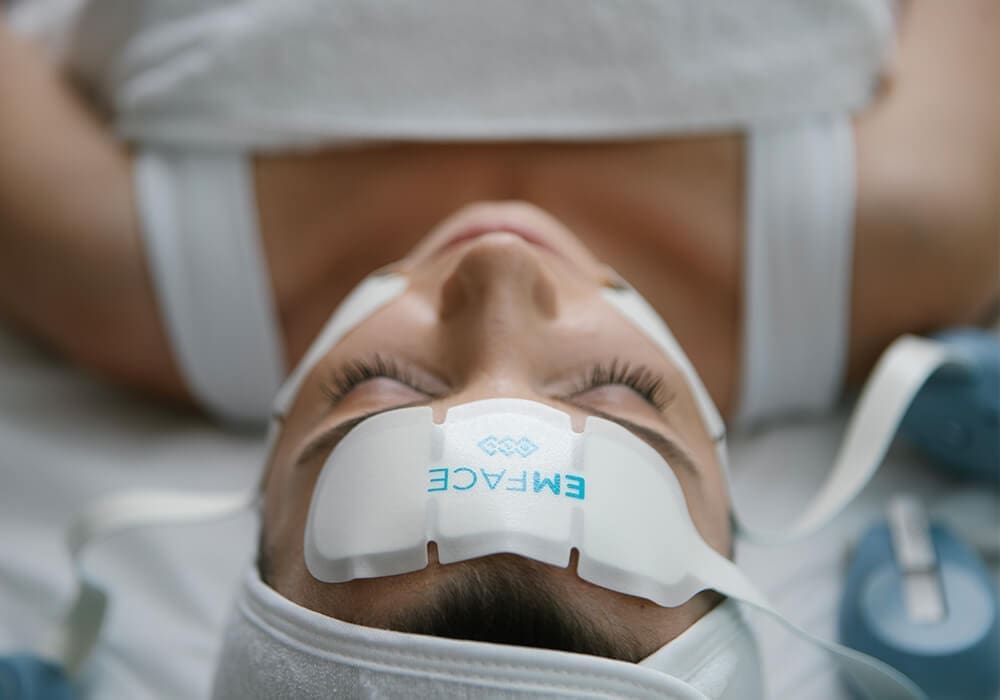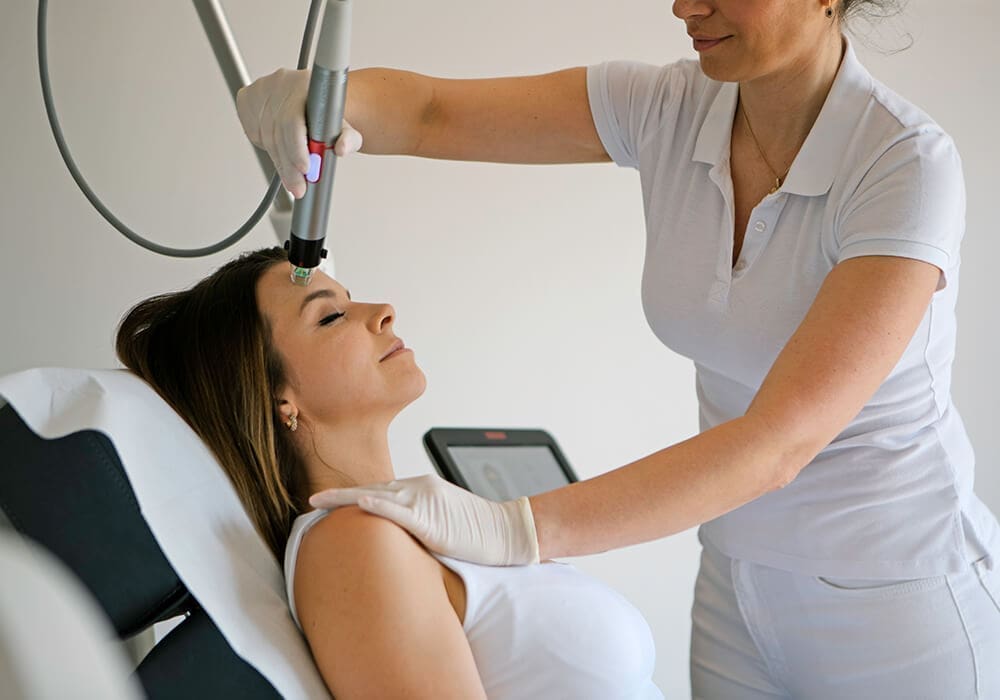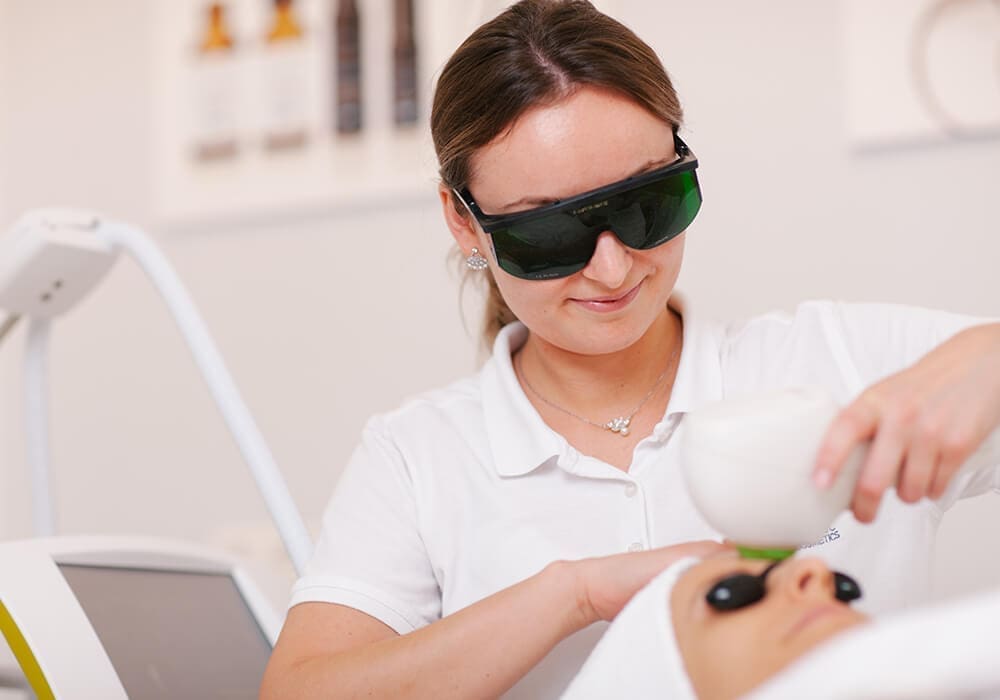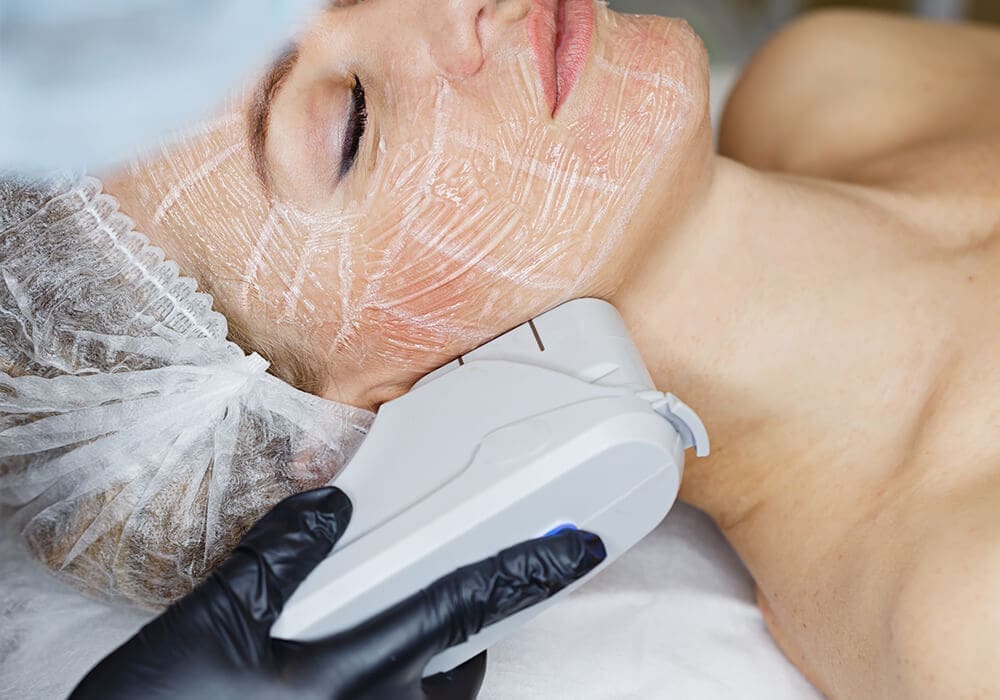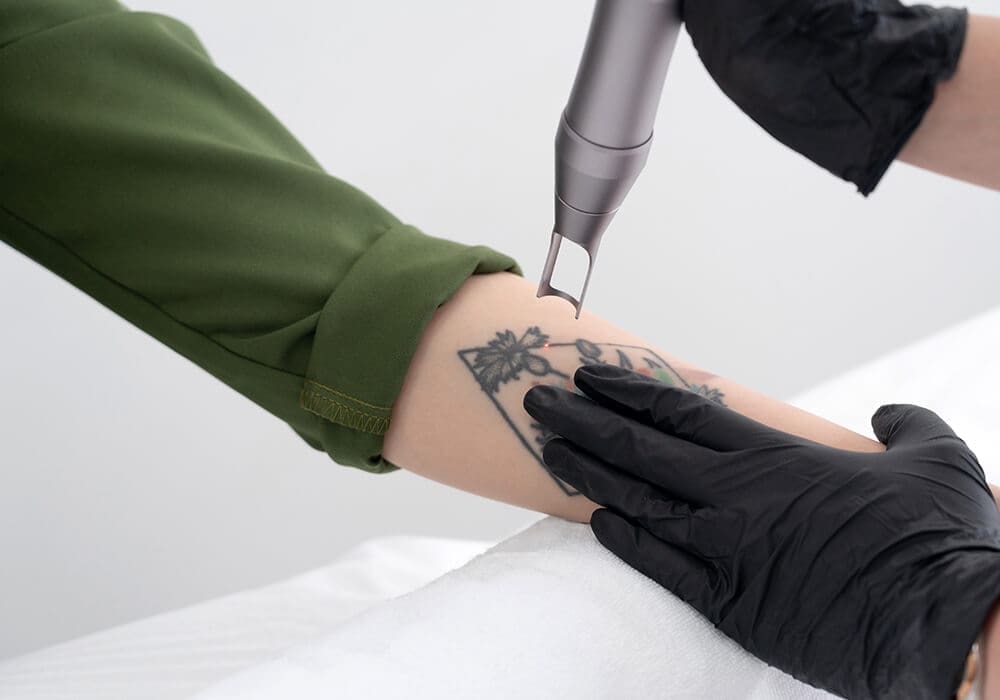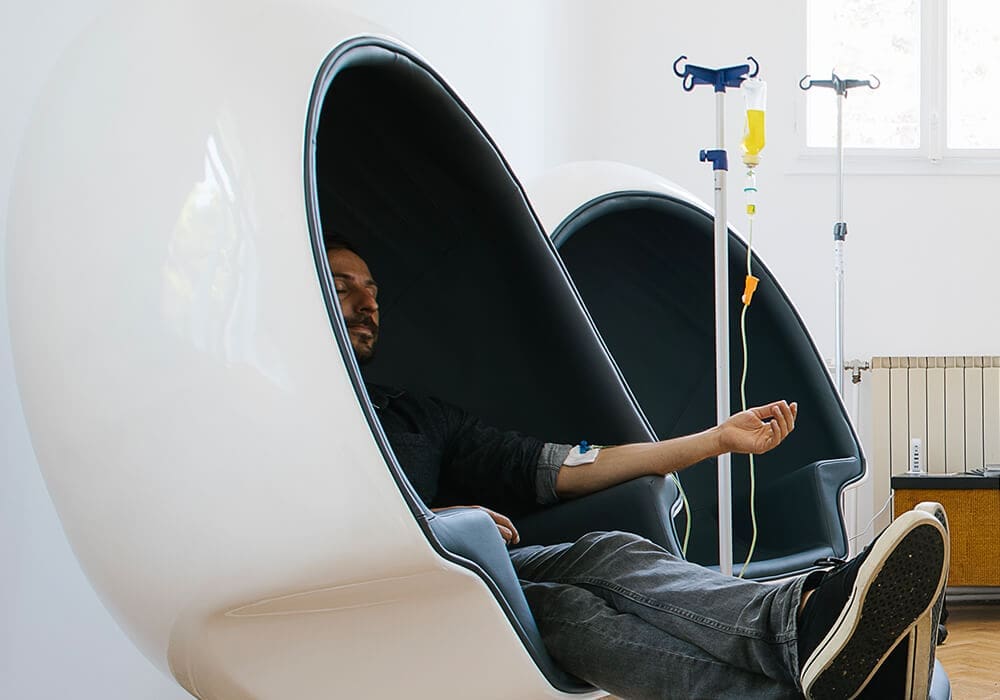Tattoo removal
You want to have a tattoo removed, preferably with little pain and as quickly as possible? Then our picosecond laser is the first choice if you are interested in tattoo removal.
WHAT DIFFERENCES OUR METHOD OF TATTOO REMOVAL FROM OTHERS?
There are numerous reasons why someone may want to remove a tattoo. Sometimes the taste has simply changed or the color has already faded. For some people, a tattoo is a hindrance in their job and therefore needs to be removed. No matter what your reason for tattoo removal is, with us you will get a painless treatment with one of the most modern picosecond lasers.
Lutronic’s higher-than-average picosecond laser Pico Plus combines efficiency and safety. It works with 4 different wavelengths and uses pulse lengths of one trillionth of a second (10-12). This extremely short pulse makes it possible to shoot at the target chromophore (the pigment) with enormous power, shattering the color pigments into tiny pieces, which can then be removed much faster by the scavenger cells (the macrophages) via the lymphatic system. In addition, the picosecond laser enables the removal of almost all color pigments.

At a glance
Technique
Duration
Costs
Downtime
Pain
Result
One of the best systems on the market offers the following advantages
The picosecond laser from Lutronic is a sophisticated 3rd generation device. Great emphasis was placed on causing as little damage as possible to the surrounding tissue during treatment. Thus, the complication rate, which is in principle very high for tattoo removal, could be minimized.
The procedure with the picosecond laser is much less painful than previous lasers that work in the nanosecond range (10-9). In addition, not only are far fewer treatments necessary, but the waiting time between treatments is much shorter because the pigment particles that are shattered by the picosecond laser are smaller and thus are removed more quickly by the scavenger cells.
What you can expect:
- Best results: most tattoos can now be almost completely removed. The effect of the laser is focused on the color pigments, which are shattered by the extremely short but extremely high-energy laser pulse and then removed via the lymphatic system.
- Precision: The surrounding tissue is hardly damaged because the laser energy is focused on the treated tattoo pigments.
- Great treatment versatility: The picosecond laser offers 4 different wavelengths that can treat and remove almost all colors.
- More safety: The pulses in the picosecond laser are enormously short, so more energy can be used and most of the energy is delivered directly to the pigment. This makes the treatment less painful and the skin is less damaged.
- Less time required: due to faster drainage through the lymphatic system, treatment can be resumed sooner and fewer sessions are required.
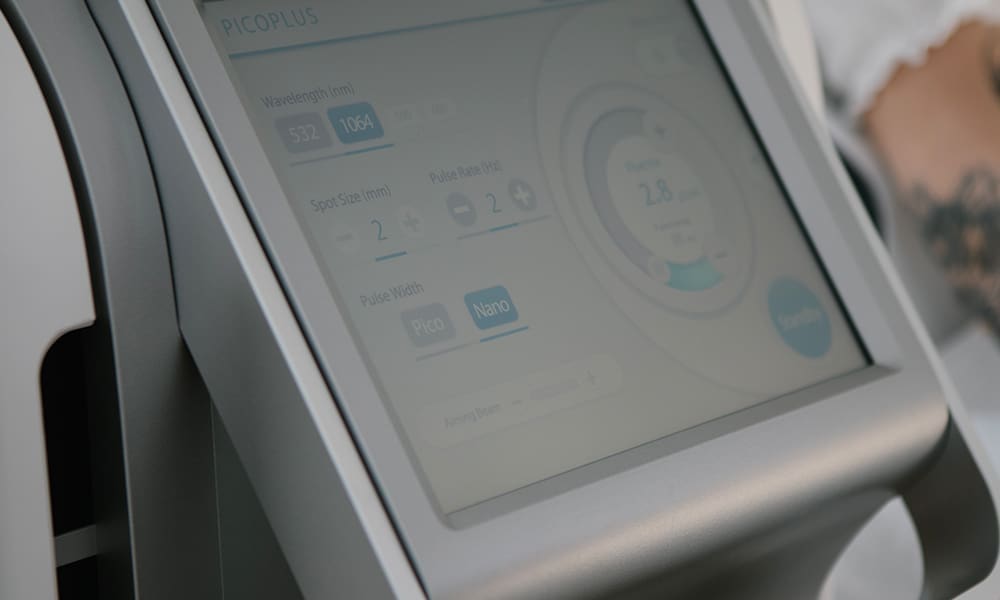
Online Appointment
Secure your desired date now and let us fulfill your requirements. The easiest way is to book directly online, but you are also welcome to do so by phone.
FAQs
How does laser tattoo removal work?
The laser is aimed at the color pigment in the tattoo and once the color particles of the tattoo absorb the laser pulse, they are broken down into tiny pieces so that they can be absorbed and excreted by the body’s lymphatic system. The process of breaking down, processing and excreting the color pigments usually takes a few weeks. In the beginning it is faster, in the end you should keep longer intervals between treatments.
How many treatments do I need?
Several sessions are always required (usually 4 to 12), exactly how many depends on several factors: Size, color, depth of puncture and age of the tattoo, distance of the tattoo from the heart (the closer to the heart, the faster the pigment is broken down). A small tattoo close to the heart may be removed with as little as 4 treatments. However, a large tattoo on the lower leg may need 8 to 12 treatments.
How much does the treatment cost?
One session usually costs 100 to 400 euros depending on the size of the tattoo.
At what intervals is tattoo removal performed?
There should be at least 30 days between each session. From the 6 treatment the body needs more time to regenerate, so from the 7th treatment the interval increases to 60 days.
What should be observed after the treatment?
Bathing, sauna and sun must be avoided after treatment. The skin must be protected with a sun protection factor 50+. Scratching is taboo. If severe itching occurs, wound and healing ointment can be applied. The less scratching or scrubbing is done, the more beautiful the result will be. The lasered skin area may only be washed very carefully during the first 3 days. Only water, no soap. When drying, only dabbing is allowed. If blisters or crusts appear, they must not be removed under any circumstances.
Is the treatment painful?
With our picosecond laser, the treatment is less painful than with other lasers. The pain that can occur during tattoo removal is often compared to the pain felt during tattooing. Of course, this depends on each individual’s perception of pain. In order to make the treatment as painless as possible, we often use anesthetic ointments or the skin can be additionally cooled down to up to 35 degrees during the treatment with a medical cooling device of the latest generation.
Is the age of the tattoo important for removal?
The tattoo must be at least 90 days old to be removed. Older tattoos have shown that the color pigments are encapsulated deeper in the tissue. This can lead to the need for more treatments.
Which colors can be removed well?
As a rule, dark colors such as black, dark gray or dark blue can be removed better than orange, red or yellow. Lighter colors, in principle, require several treatments. The darker the color, the better the laser beam can be absorbed.
What side effects may occur?
Treated areas may be swollen or reddened. Vesicles or scabs may form on sensitive skin. Sometimes hypo-pigmentation (white spots) or hyper-pigmentation (extra pigment) also occur.
Hypopigmentation occurs when not only the tattoo color but also the skin’s own pigments were removed during treatment. A slightly light shadow is formed. These normally recede on their own after 6 to 9 months. Hyperpigmentation is the opposite, dark spots appear.
If the skin areas are improperly cared for, infections can occur. Sometimes, especially with permanent makeup, there is also a so-called color change, here the color of the tattoo changes, for example, from black to green.
Can tattoo removal be performed on tanned skin?
It is difficult to laser tattoos on tanned skin. It is more susceptible to pigmentation disorders. It is therefore advisable to wait until the tan has faded.
How does the right aftercare work?
- Irritation and mild pain can be relieved directly during and after treatment with cooling pads.
- If scabs form on the treated area, this crust must not be removed under any circumstances, otherwise germs can penetrate. The scab will loosen on its own, this is part of the healing process.
- Any sores that appear must also not be scratched or pricked.
- After the first 4 days, the treated area should be given plenty of air, and it should also be disinfected regularly.
- Saunas and swimming should be avoided for the first 7 days. This can only be done when the skin has completely healed.
- At least 4 weeks after treatment, the skin must be protected from direct sunlight.
- The fabric of the clothes should not chafe
- Sweat can lead to inflammation. Sports activities should be stopped in the first days after treatment.
- Drink plenty of fluids. This allows the color particles to be better transported away in the body via the lymphatic system.
What are the differences between tattoo removal with a nanosecond laser and a picosecond laser?
Picosecond lasers have an extremely shortened pulse duration. This enables more effective and targeted treatment. A picosecond is one thousandth of a nanosecond. The shorter pulse duration allows for much higher energy to be delivered. As a result, fewer treatments are needed. Picosecond lasers are also gentler on the skin, less painful and more effective than nanosecond lasers. With the picosecond laser, almost all colors can be completely removed, even those for which the nanosecond laser was no longer effective.

